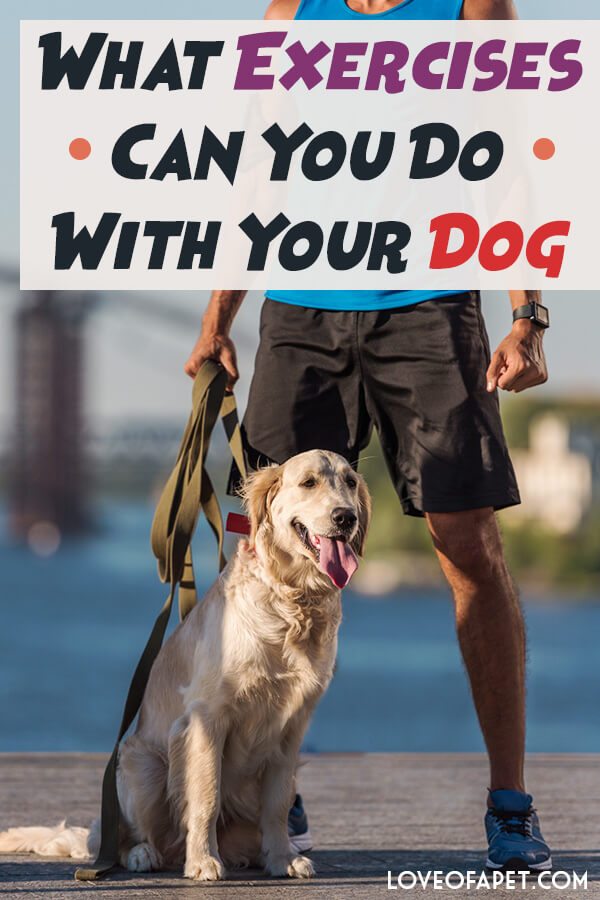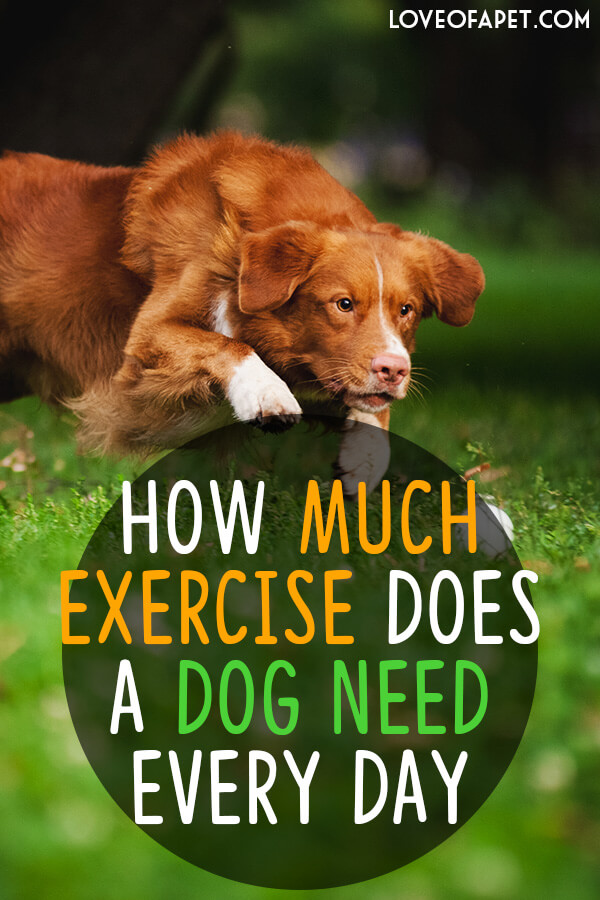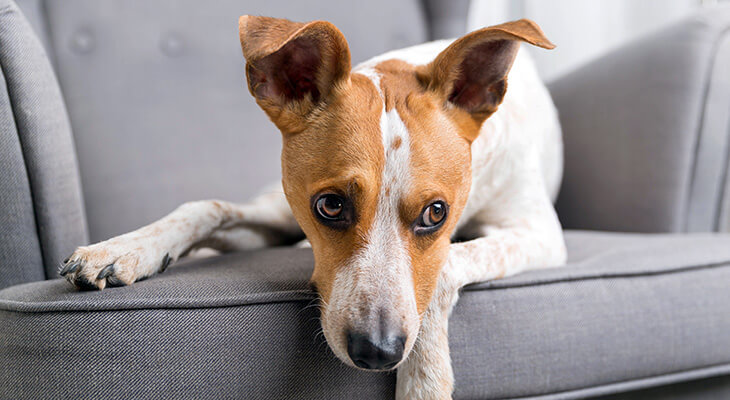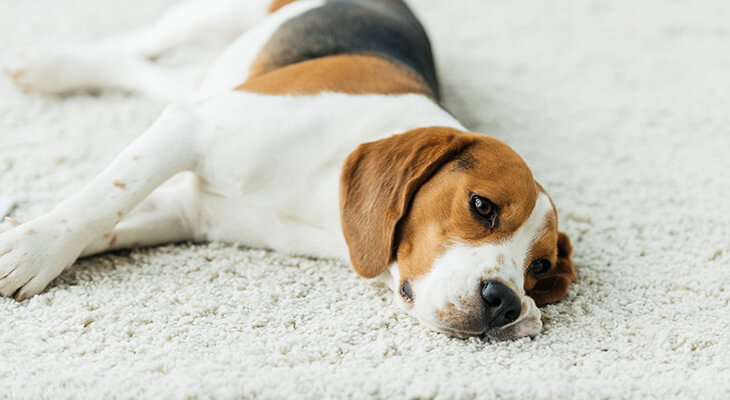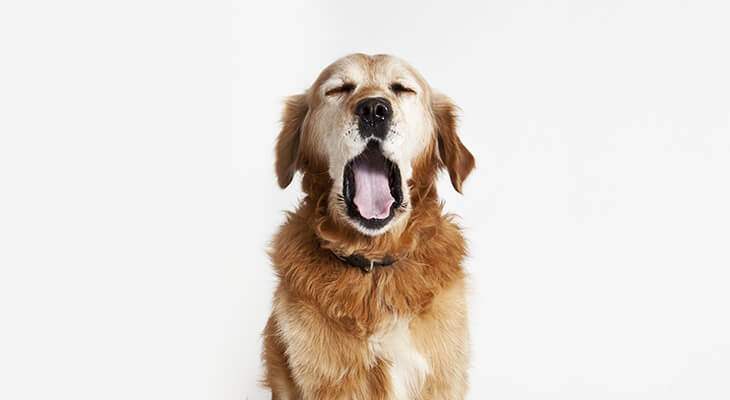Exercise is important for all dogs. It helps in keeping them in shape and is very important for their mental health. Daily dog walks is essential not just for your dog, but for you as well. If you are a dog owner, you have perhaps found yourself wondering, ‘How much exercise does a dog need every day?’ Well, it actually depends on your dog and your schedule.
If you have a busy schedule and a lot of family responsibilities, it is so hard to keep up with the day-to-day exercise needs of your dog. In this article, we are going to review some dog activity suggestions that are based on your best friend’s age and breed, how to exercise your dog even though you have time constraints, as well as some other essential tips.
So without further ado, let’s get it started!
Contents
How To Fit In Dog Exercise When You Have Time Constraints?
Before answering the question, “How much exercise does a dog need every day?”, let us first take a look at the ways on how you can fit in your dog’s daily exercise, even though you have time constraints or busy schedule. When life gets so busy, it is so difficult to squeeze in playtime for your dog. Luckily, so many timesaving options are available for busy pet owners.
- Dog daycare is a nice option for dogs who love socializing and enjoy playing outside of the house.
- Dog toys like food puzzle toys and squeaky toys are amazing sources of fun for dogs who love yummy treats, mysteries, and loud noises.
- Buying a dog walker is an amazing way to make sure that your dog gets noontime exercise that it needs. Around 20 to 30 minutes of walking around the community will surely keep your dog healthy and active.
These are just some of the many ways in which you can fit your dog’s daily exercise in your busy schedule.
How Much Exercise Does A Dog Need Based On Age?
How much exercise a dog needs every day depends on a number of factors. This includes age, environment, physical health, and breed. Below, we have rounded up the general guidelines for dog exercise. However, remember to consider your dog’s individual abilities and personality. Further, before you do an exercise program with your dog, pay your vet a visit first!
How Much Exercise Does A Puppy Need Every Day?
You may have seen that your puppy gets Frenetic Random Activity or zoomies more than a few times every day. These are easily identified and the symptoms might include intensely running all over the house, and then falling down in your lap.
In general, puppies have more energy compared to adult dogs. Having said that, they need more exercise in short spurts –like the zoomies. Due to the fact that puppies are growing constantly, including short play sessions or walks all throughout the day is a better and much safer choice; rather than going for a really long walk, since this might be too hard on the developing body of your puppy.
At the end of the day, each and every puppy is different, and the more time you spend with your puppy, the more you’ll learn about how much exercise does it needs to be happy –and you rational.
Talk to your breeder or veterinarian on how much daily activity is suitable for your puppy, and do not forget that exercise is a good way to socialize and train your puppy.
How Much Exercise Does An Adult Dog Need Every Day?
Generally, an adult dog needs 60 to 90 minutes of exercise a day. This must include harder exercise like playtime with other dogs, a hike, or running. Extra-active dogs might also thrive in dog sports like flyball or agility.
Furthermore, balance work is also getting more and more popular nowadays with pet owners. If time in the day or night does not work for your active dog, you should schedule them for some exercise with friends in a doggy daycare –that might be a good choice.
An adult dog of low-energy breed needs anywhere between 30 to 60 minutes of exercise every day. For some dogs, this could mean a sow walk around the area. While for others, it is a few games of fetch in the porch.
Bear in mind that the activity needs of all dogs mainly depend on their ability and age.
How Much Exercise Does An Old Dog Need Every Day?
As we people age, we are frequently not able to maintain the pace we have once enjoyed. The same applies with our dogs when they get older. Whole walks must still be an essential part of a senior dog’s life, these dog walks must be shortened in length, and should be taken in a much slower pace.
Furthermore, swimming is also a great alternative exercise for dogs. Taking your furry friend for a swim in a lake or pool lets it to stay active without putting extra stress on its joints. Always remember that exercise is capable of providing all dogs a great mental stimulation, as well as keeps them active. This may help prolong their lives and lessen the risk of obesity.
We’re now done identifying how much exercise does a puppy, adult dog, and old dog need every day. Next, let us discuss how much exercise does a dog need based on its breed –keep reading on!
How Much Exercise Does A Dog Need Based On Breed?
The breed of your dog greatly influences the physical activity level it needs. Breeds of high-energy, like Belgian Malinois and Border Collies need so much more exercise, rather than the low-energy dog breeds like the Basset Hound or Bulldog.
The exercise requirements of a certain dog breed are so important in keeping in mind when you are choosing a puppy. It is not a great idea to buy an active dog breed, except when you already have an active lifestyle.
Just like every person is different, each and every dog breed is different, as well. They are all special in their own way. Learn more about your dog’s breed to know more information on how much exercise they might need.
- Active Breeds. Active breeds thrive under a lot of action and exercise. This includes Shepherds, Scent Hounds, Retrievers, and Terriers. Commonly, these breeds must be getting about 60 to 90 minutes of day-to-day exercise, in order to maintain their health.
- Flat-Nosed Breeds. The brachycephalic breeds or flat-nosed breeds, which include Shih Tzus, Pugs, and Bulldogs may suffer from respiratory and breathing issues easily. This will cause them to slow down and live a more inactive life.
- Giant Breeds. In spite of their strength and size, giant dog breeds like Newfoundlands, Mastiffs, and Great Danes are known to be lesser energetic too.
- Smaller Breeds. Smaller dog breeds like Poodles, Yorkshire Terriers, and Chihuahuas tend to be lesser active.
Aside from these considerations on their breed, dog’s health is very important as well.
What Exercises Can You Do With Your Dog?
Depending on the exercise level your dog is capable of, there are lots of activities that they can participate in.
Low-Impact Exercise
- Walking
Moderate Exercise
- Playing fetch
- Hiking on a flat trail
- Jogging
Strenuous Exercise
- Agility training
- Playing a more intense fetch game
- Swimming
- Hiking on hills
- Running
Mentally Stimulating Exercise
- Agility training
- Scent training
- Playing with feeders and puzzle games
- Training exercises
- Trying a new walking routine
Dog Exercise Tips
Here are some other exercise tips that you can try with your furry pal:
- Dog Sports. With lots of dog sports to choose from, you and your pal can try different activities. Some of the options include dock diving, rally, flyball, obedience, agility, scent work, etc.
- Obedience. This work may not look like an exercise, yet practicing retrieving, recall, and buttressing basic commands will offer mental stimulation and exercise.
- Go On Bicycle Ride. Even though this is not practically right for all dogs, a lot of dogs go with their owners when they go for a ride. Cycling on the road might be dangerous, yet a lot of towns actually have bike paths where you and your dog can safely roam.
- Make him work for his food. You can use a feeding toy rather than a food bowl to feed your dog. This will not just make them enjoy their eating, it will also burn some extra calories in their body.
- Sniffing. It is undeniable that dogs have great sense of smell –this can be an enjoyable game. You can use one of its favorite toy and hide it. When your dog found its toy, reward him.
Final Say
Exercise for dogs is very essential, but you do not want to pressure your dog to do something that is too strenuous. You might just end up facing bigger problems. You should start slow when your dog isn’t familiar to being active physically. Observe its responses, add more activities as it gets stronger. Remember, your dog must be happily tired and not exhausted. If you have questions or concerns on whether your dog can handle its exercises or activities, talk to your veterinarian.
